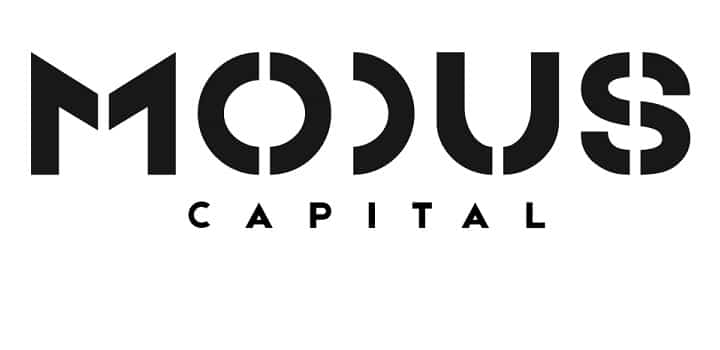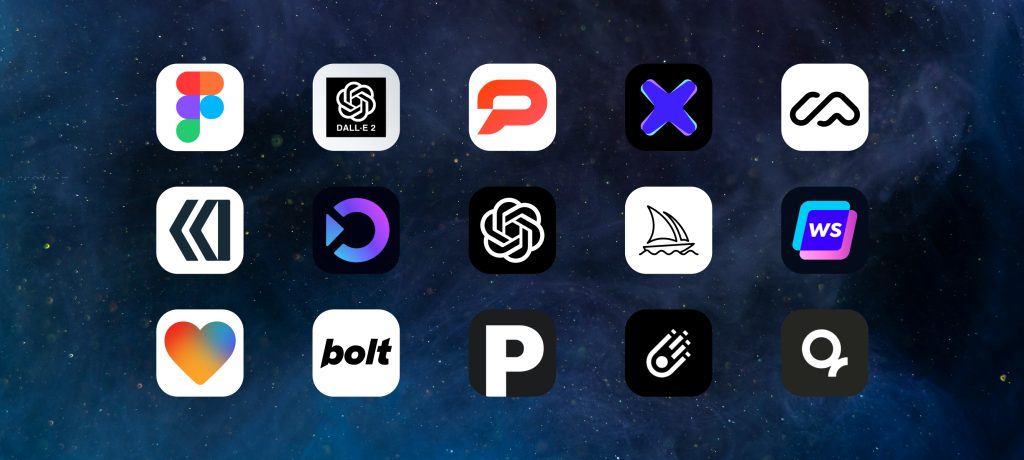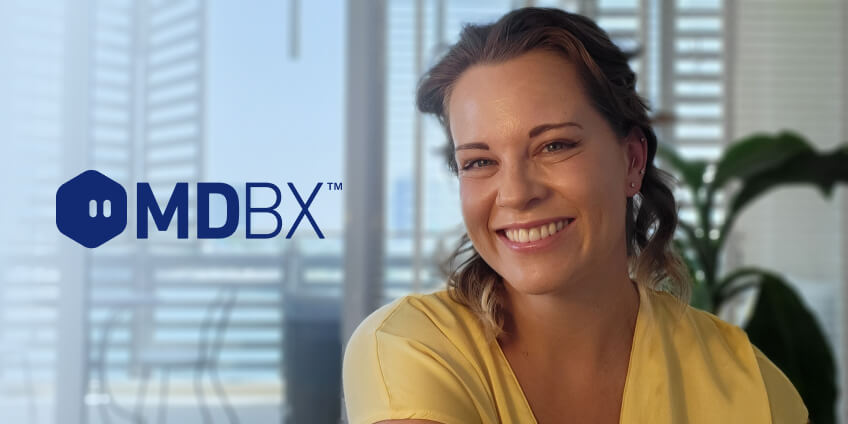SEO and Google Ads are a match made in heaven—if both swiped right!
Most marketers miss the mark when it comes to leveraging SEO for Google Ads to provide long-term results. It’s usually one or the other, as Search Engine Optimizers and media buyers often operate in separate silos.
Little do they know that combining two disciplines, SEO & Google Ads, can work wonders for the product’s online presence.
It’s a holistic approach that can build sustainable growth for your business.
Think of SEO and Google Ads as the salt and pepper of digital marketing: each enhances the flavor of your online presence in its own unique way.
SEO plants the seeds for organic, evergreen growth, cultivating a loyal audience over time; Google Ads amplifies that organic growth, placing your business at the forefront of more audiences and further expanding new horizons.
Together, they ensure consistent, long-term success. Trying to choose between SEO and Google Ads is like picking a favorite child—worry not, you don’t have to!
In this article, we will shed light on the impact of combining SEO and PPC ads—and you will learn how to:
- Improve your landing page experience
- Utilize organic domain authority to get the best bang for your ad buck
- Reap the benefits of your SEO efforts
- Improve your ad quality score
While SEO is a long-game strategy, as opposed to the quick wins PPC ads deliver, supplementing PPC with SEO can fortify your digital marketing front and cast a wide net to draw more traffic.
An SEO-optimized website has a better chance of delivering long-term Google ads success in a shorter time than a poorly optimized website.
Bear with us, we will tell you why.
Search Engine Optimization
Whether you are a seasoned Search Engine Optimizer or you are just starting out, here’s a quick refresher on SEO.
Needless to say, Google is everyone’s go-to for all our whimsical whims and raging pain points–and/or for landmark moments in our lives. We turn to Google for all our daily needs—whether it’s researching a topic, answering a burning question, browsing potential goods and services, or finding local businesses.
SEO yields myriad benefits to your business’s online presence: more visibility in Search Engine Results Pages (SERPs), drawing more traffic, leads, and potentially, more sales.
Moreover, SEO is for lifetime—with periodical performance optimization, you will continue to reap the benefits of the optimization seeds you’ve sown in the form of organic listings.
Dig Deeper: Simplifying SEO for MENA Market
This is different from ad campaigns, where as soon as you stop paying for an ad, you stop generating traffic.
Google Ads
Google Ads, on the other hand, is Google’s advertising proprietary product—available for businesses to showcase and advertise their products via a wide variety of campaign types.
Each campaign type—Search, Performance Max, Display, App, Smart, Shopping, and Video—is tailor-made to meet the advertiser’s unique goals. While the fundamental SEO principles are particularly utilized in Google Search ad campaigns, SEO can also be leveraged for other campaign types, as well.
Now that you’ve learned the difference between SEO and Google Ads, we will delve into how to make them work together seamlessly.
Keyword Research
The first step of the buyer funnel—of both PCC and SEO—is relatively the same.
The user embarks on their buyer journey using a query, completely unaware of whether they are going to land on an organic listing or a paid landing page. That means the same keyword research that had been conducted for SEO purposes can be utilized for Google Search campaigns.
There are a few things to consider here before you jump the gun and upload the same keywords you’d targeted for your organic page.
The cost of keywords and competition are crucial metrics to look at when conducting your paid keyword research. So, use your organic keyword list wisely, or else the ad budget will break the bank.
Related Reading: Keyword Research for a Winning SEO Strategy
Keyword cannibalization
Keyword cannibalization in SEO and PPC pertains to the occurrence of multiple organic pages or paid landing pages being targeted for the same keyword or set of key phrases.
This can potentially cause confusion for search engine bots, as they struggle to determine which website page or landing page is most relevant for a search query.
Although search bots can discern which landing page is created for a paid advertisement, and which website-based page is intended for organic search, there are a few optimization tactics that can be implemented to avoid keyword cannibalization.
Not to mention Google Ads landing page(s) may not necessarily be served in the same geographic location the organic landing page is being optimized for.
In other words, your mileage may vary.
Tips to avoid keyword cannibalization
- Assign specific keywords and keyword buckets to your SEO keyword strategy (keyword mapping) and PPC campaigns.
- Split and segment your keyword groupings into unique categories based on user intent, relevance, and prominence.
- Consider optimizing long-tail key phrases in your Search Engine Optimization strategy, which are less likely to compete against broad keywords that can be incorporated into your PPC campaign.
- Use negative keywords in PPC campaigns to exclude search terms that may not be relevant to your ad groups and can prevent your PPC ads from appearing for these irrelevant queries.
- Assign a No-index tag to your PPC landing pages to disallow Google Bots from indexing the page and showing up on the organic search results page. This will also help track paid and organic conversions separately.
Ad Quality score and optimized landing pages
A landing page can simply make or break your Google Ads campaign.
A landing page is an independent, standalone web page specifically created and optimized to target paid traffic—and to achieve a specific goal.
PPC landing pages are purposefully designed to reflect the messaging and keywords incorporated into their respective PPC ads, delivering a cohesive and unified user experience that increase the chances of conversion.
Landing Page Experience is a crucial PPC Quality Score factor. Google Ads Quality Score is a scale of 1-10—set by Google Ads to measure the quality of ad delivery based on relevance, overall user experience, and Click Through Rate.
All these Quality Ad Score factors are intrinsically intertwined—and are determined by cause and effect. The better the landing page experience, the more CTR received, hence a higher Quality Ad score.
Let’s dig deeper into how to optimize our landing page user experience to roll out the red carpet for your potential leads.
PPC Landing Page Best Practices
Domain authority and landing pages
Why let a good domain authority go to waste? A highly optimized landing page can piggyback off a good domain authority of your website.
It’s definitely more of a causation than a correlation that expertly crafted landing pages of highly optimized domains directly impact your Google ads performance.
You can make good use of your strong domain authority by setting up a subfolder-based landing page (modus.vc/landing-page) to allow your domain to lend some of its optimization equity to the landing page. This will pay dividends for your landing page experience and Google Ads Quality Score.
Dig Deeper: SEO Domain Strategy: Subdirectory Vs. Subdomain
Noindex your landing page
This bears repeating: Apply a No-index tag to your PPC landing page to save your crawl budget, allow for faster load time, and prevent keyword cannibalization.
Hide your navigation menu
This one is a given. We live in an Attention Deficit Disorder-induced space, and the audience’s attention span could not be shorter.
Users do not need more distractions with a navigation menu vying for their attention. Create a clean, clutter-free landing page that leaves no room for distraction—and entices the user to take the desired action with ease.
Put your best foot above the fold
Present your brand promise upfront to the user. Your headline, reflecting your brand’s value proposition and promise, should be the very first thing your users lay eyes on before they navigate elsewhere on the page.
Ensure the messaging is on-point, on-brand, and on-topic and contains your brand promise and benefits. Your offerings, or benefits, can be showcased through the use of bullet points, check marks, or any other visually appealing symbols that encourage that user and compel them to read.
Maintain user privacy compliance
Requesting users to give out their name, email, and/or phone number can be an invasive ask for the modern-day user. Consent is usually provided when the user learns about your data collection process and how it is being used.
Include a clear opt-in checkbox, clearly stating: “By completing this form, you’ve read and agree to our privacy policy.” While you’re at it, make sure you link out to your privacy policy and terms of use page(s).
Advertisers running ads in any country within the European Union must abide by GDPR compliance, which stipulates that advertisers must obtain consent to the use of personal data and reference the purpose, and how they are going to use this data.
GDPR compliance impacts any advertiser targeting users within the European Union, regardless their business is domestic or international.
Related Reading: How to Surf the Web Safely
Optimize for fast-loading page
We operate in a fast-paced ecosystem and users are looking to get their answers and achieve the desired action quickly—and efficiently. The slower the page loading time, the more chances the user will bounce off the page. Google penalizes website publishers for slow-loading page speed, and advertisers are no exception.
As a general rule of thumb, a landing page should load in under two to five seconds. Ensure you perform regular page speed testing before you publish your page using Google’s Page Insights Tool.
Create multiple landing pages for Ad Groups
Designating a separate landing page for each ad group may be an overkill, but it sure is a great way to boost relevance and amp up user experience.
The design look and feel of the landing page can be the same across the board, however, each landing page copy should be tweaked to reflect its corresponding ad group messaging. You’ve rolled out the red carpet, it’s time to award your users with a thank you page.
Thank you page
Thanks but yes, thanks!
A thank you page is a page to which users are redirected upon completion of a desired action. Be it downloading an e-book or filling out a lead capture form, a thank you page is an expression of gratitude to the user for taking you up on your offer.
Akin to a thank-you note that you send out to friends and loved ones on Thanksgiving, a thank-you page is an acknowledgment of the user’s efforts in completing a certain action.
That being said, there’s more to a thank you page than just giving thanks.
A thank you page confirms their submission and lets users know of the next steps. It also contains further instructions for claiming the offer, such as checking their inbox or directing users to click a button to download a guide or an e-book.
Thank you pages can be leveraged to introduce visitors to other resources, including other relevant pages on the website.
Not that you need much convincing to build out a thank you page by now, but here are the top 4 benefits of utilizing a thank you page as the last step of the buyer funnel.
Benefits of a Thank you page
Better conversion tracking
A thank you page is the perfect touchpoint to track conversions. Tracking conversion is a vital aspect of measuring your ROI. By accurately gauging the success of your online marketing campaigns, conversion tracking empowers businesses to make educated decisions that can impact their revenue.
There are one too many ways to implement thank you page conversion tracking, depending on your marketing goals, and Content Management Systems.
Conversion tracking can be set up through Google Analytics and/or Google Tag Manager. Integration of either is effortless and straightforward and requires no coding knowledge.
Upselling with relevant product integration
A thank you page is the perfect opportunity to cross-sell more relevant products, potentially leading to increased product sales and more time spent on your website. Actively recommending more related products or content to your leads is an effective strategy within the online marketing space.
On the B2B side of things, suggesting related products can improve customer satisfaction and results in increased Customer Lifetime Value (CLV) via smart product integrations.
Boosting social following
Ask for a follow. Social media integration is just another clever way to stay connected with your customers beyond the sale, allowing you to establish a sustainable relationship—and to boost brand advocacy. Ensure you are laying out the value of following you by highlighting the benefits of each social networking channel and showcasing your social media feed.
Improving social proof & trust signals
Show, don’t tell. Showcase your users’ testimonials to remind them why they gave out their precious personal data in exchange for an e-book, price quote, or a product demo. It’s an additional affirmation that the user has made the right decision by choosing you over your competitors.
Giving thanks to your users
Users need to feel validated–even for a transactional action. Making your leads feel valued and welcomed will go a long way in building trust and an emotional connection.
Acknowledging that their request has gone through is a confirmation that someone from your sales team will reach out—and they do not need to perform any further actions. Creating a pop-up thank message is often viewed as a fragmented way of acknowledgment and is mostly overlooked by users.
Conversely, being redirected to a thank you page makes the user feel heard, valued, and appreciated. Give thanks to your users—they’ve been through a lot of funnels—and eventually, your performance marketing department will thank you for it.
What goes around comes back around.
Parting thoughts
Forget Batman and Robin, the real dynamic duo of online marketing is SEO and Google Ads. Remember, SEO and Google Ads are not rivals, they’re complimentary partners.
By understanding their unique strengths and avoiding these common pitfalls, you can choreograph a digital marketing performance that leaves your audience—and search engines—enchanted.
Other Resources:
Scaling SEO for Middle East Startups
Level Up Local SEO for your Startup





